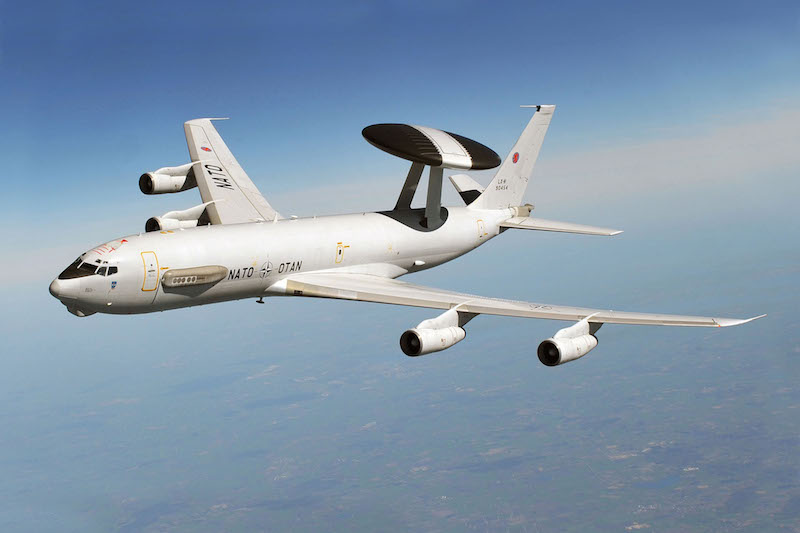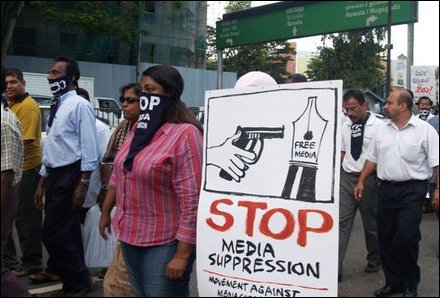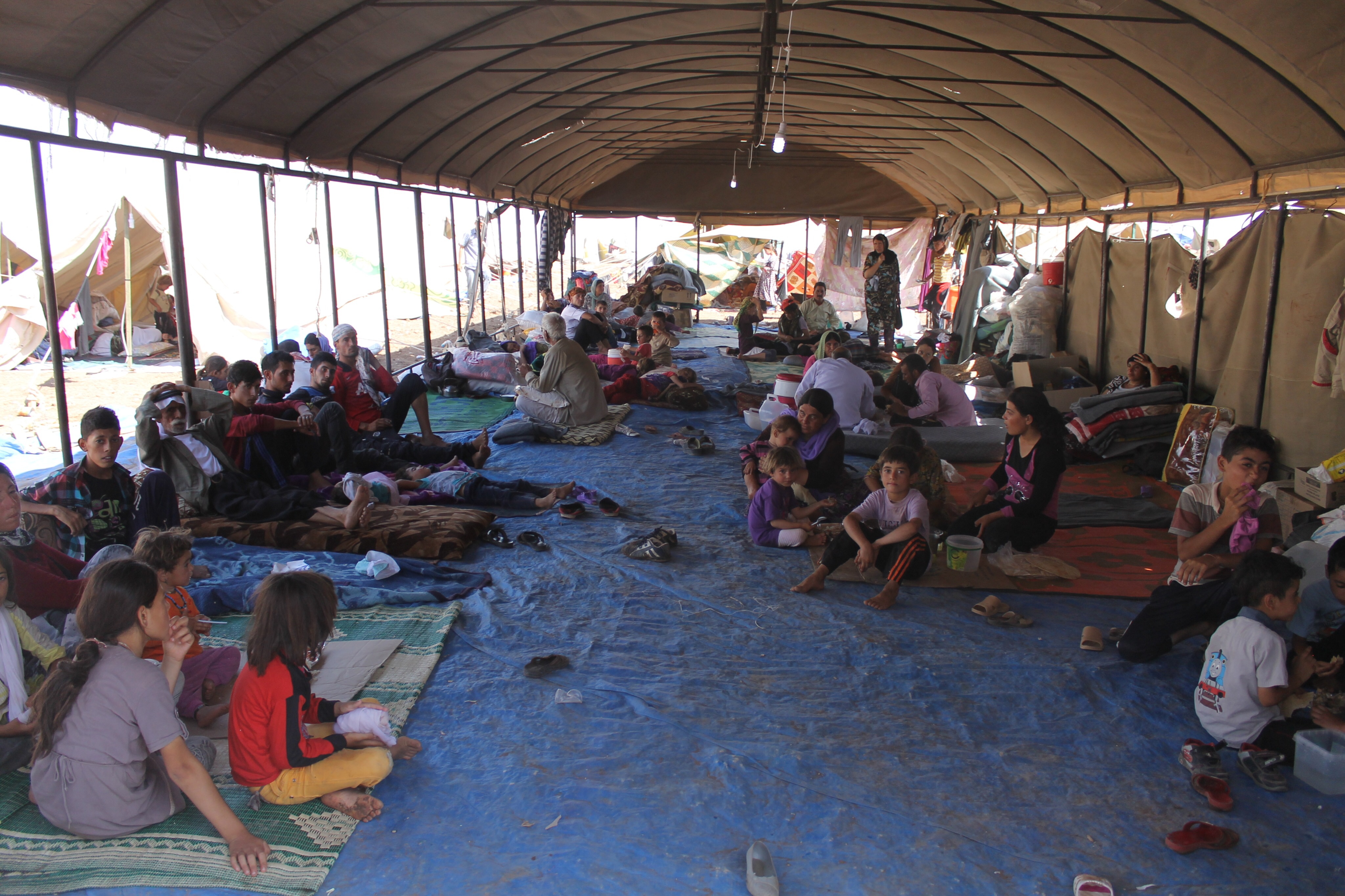In light of the revival of global terrorism with the most recent ISIL attacks in Turkey, France, and Belgium, international organizations like NATO are accused of being inefficient, overly bureaucratic, and unimportant in the war on terrorism. In this article, I will provide an assessment of the current legal mechanisms, institutional capacities, results, and challenges of NATO’s effort to counter global terrorism.
In 1999, NATO’s Strategic Concept had already identified terrorism as one of the potential risks that could affect global and regional security. NATO’s main motivation to join the fight against terrorism, nonetheless, did come from 9/11. Subsequent attacks in NATO countries and around the world have underlined the global nature of the threat and the importance of the Alliance to reinforce its legal and institutional mechanisms in order to combat this threat.
Legal Framework
After 9/11 was the first time in history that NATO invoked Article 5 (the collective defense clause) of the Washington Treaty. This clause provided legitimization for all future activities that NATO assumed in the fight against global terrorism.
During several of its most recent summits, the problem of terrorism was a priority on the discussion agendas. In the Prague Summit (2002), the member states adopted the Prague Package that comprised several measures, including: Military Concept for Defense against Terrorism, a Partnership Action Plan against Terrorism (PAP-T); missile defense, cyber-defense, and improved intelligence sharing. During the Riga Summit (2004), member states adopted the Comprehensive Political Guidance which recognized that “terrorism, increasingly global in scope and lethal in results, and the spread of weapons of mass destruction are likely to be the principal threats to the Alliance over the next 10 to 15 years.” During the Lisbon Summit (2010), NATO passed a new Strategic Concept introducing the issue of terrorism and its legal discourse. This new concept allowed NATO to implement peacekeeping and coercive operation to combat international terrorism without the necessity of UNSC authorization. The Chicago Summit (2012), had the Alliance endorse new-updated Policy Guidelines for NATO’s work on counter-terrorism.
Institutional Mechanisms
The Civil Emergency Planning Committee is the main NATO advisory organ, which provides protection of civilian populations and the use of civil resources in support of NATO’s objectives in the fields of terrorism preparedness and consequence management, humanitarian and disaster response, and protecting critical infrastructure. The Committee on Proliferation (CP) is responsible for information sharing, policy development and coordination on proliferation, including terrorist access to weapons of mass destruction. NATO’s Defense against Terrorism Program of Work reads “readiness promotes interoperability, supports the Alliance in maintaining technological dominance while striving to build coherent architectures of systems.” NATO is currently strengthening its Rapid Response Forces to be able to react to crisis situations. In efforts to improve the Europe and U.S. process of sharing sensitive information on terrorism and other threats, NATO is creating the position of Assistant Secretary General for Intelligence. The first holder of this position is expected to be appointed in July during the Warsaw Summit.
The Results
NATO was fast and effective in responding to the global terrorist threats. NATO can call on disposal unique military and political assets and can undertake new missions and expand its security role. Hence, shortly after 9/11, NATO launched its first anti-terrorist operation named “Eagle Assist” which allowed seven NATO radar aircraft the only assets which NATO actually owns to help patrol the skies over the U.S.A total of 830 crewmembers from 13 NATO countries participated in the operation. NATO launched its second major counter-terrorism operation on October 26, 2001, named “Active Endeavour” which sent NATO members Standing Naval Forces to be sent to patrol the eastern Mediterranean and monitor shipping to detect and deter terrorist activity. It should be emphasized that all NATO member states deployed troops during the ISAF peacekeeping operation in Afghanistan, which was a follow-up on the major U.S. led counter-terrorist intervention “Enduring Freedom.”
NATO was successful in channeling many non-combat actions, such as intelligence sharing. The high compliance with this action of all its 28 member states has enhanced NATO’s efforts to combat international terrorism. NATO created the Intelligence Unit (IU), a body that was crucial to providing institutional assets in enhancing intelligence sharing among NATO member states. NATO has also maintained and encouraged strong cooperation with many countries and international organizations (UN, EU, OSCE) in order to ensure that information is shared and action is taken.
NATO proved to be a successful in building a sustainable network of partnerships among its members and with other states and international organization against international terrorism. For example, combating terrorism was among the main drivers behind the creation of the NATO Russia Council (NRC) in May 2002. NATO and Russia regularly exchanged information, conducted in-depth consultations and joint threat assessments, held civil emergency planning for terrorist attacks and high-level dialogues on the role of the military in combating terrorism, and cooperated in their scientific and technical undertakings. They cooperated on issues of counter-terrorism such as border control, non-proliferation, airspace management, and nuclear safety.
The Way Forward
Regardless of its positive results, NATO is facing several challenges in combating terrorism. NATO, sometimes, faces obstacles of intervening because its military operations depend on UNSC authorization. It is facing limited military and political resources. It is a regional organization, and its strategy is not very efficiently adapted to the global context. This is an issue since terrorism is a problem beyond the transatlantic region and Europe.
Photo: NATO Airborne Warning and Control System (2011), courtesy of NATO.
Disclaimer: Any views or opinions expressed in articles are solely those of the authors and do not necessarily represent the views of the NATO Association of Canada.




